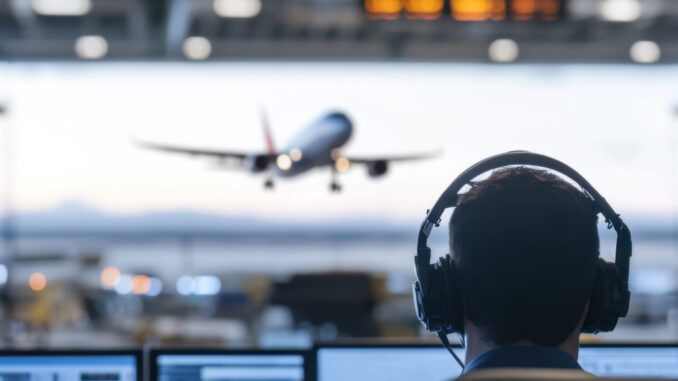
Low-cost airlines (LCCs) have revolutionised air travel, offering affordable routes and driving industry growth across the world. But with their tight margins and rapid expansion, these carriers now face mounting pressures, from rising fuel costs to fierce competition and shifting regulations.
This article explores the top five financial, economic, and management challenges threatening LCCs, and the strategies they can use to future-proof their business models.
1. Volatile Fuel Prices & Sustainability Costs
Jet fuel is consistently one of the largest operational expenses for airlines, and its price volatility continues to threaten profit margins. Adding to this challenge are rising sustainability requirements. The UK’s Sustainable Aviation Fuel (SAF) mandate now requires that SAF make up an average of 2% of aviation fuel used on departing flights in 2025, with that percentage set to rise in future years. While aimed at decarbonising aviation, the policy has already drawn criticism from IATA for imposing significant cost burdens on airlines.
Overcoming Strategy: Airlines should adopt hedging strategies to mitigate fuel price fluctuations, invest in next-gen fuel-efficient aircraft, and support efforts to scale affordable SAF, such as those backed by the UK’sSustainable Aviation Fuel Bill 2024–25.
2. Intense Competition & Yield Pressure
LCCs are in fierce competition for market share, not just with each other, but also with legacy carriersadapting their models. With aggressive fleet growth (Ryanair, easyJet, and Wizz Air expanding rapidly), ticket prices are staying low even as costs rise. According to IATA, passenger yields are expected to decline by 4.0% in 2025.
Overcoming Strategy: To maintain profit margins, LCCs must diversify their ancillary revenues such as baggage fees, seat selection, and onboard sales. They must also optimise loyalty programmes and implement cost-efficiency strategies to control rising costs.
3. Operational Inefficiencies & Supply Chain Disruptions
Operational inefficiencies such as air traffic control delays, airport capacity limits, and supply chain setbacks are taking a toll on the industry. These directly impact overall efficiencies through increasing turnaround times, reducing aircraft utilisation, and inflating costs.
Overcoming Strategy: Leveraging data analytics for predictive maintenance and smarter route optimisation can reduce delays and operating costs. At the same time, diversifying suppliers helps build more resilient supply chains.
4. Labour Shortages & Rising Staff Costs
Post-pandemic recovery has brought an industry-wide shortage of skilled aviation professionals, especially for pilots, cabin crew, and engineers. As demand returns, wages are rising, challenging the low cost model LCCs depend on.
Overcoming Strategy: Retaining talent in a competitive market requires offering better working conditions, embracing automation, and investing in comprehensive workforce development. Many airlines are partnering with academic institutions to equip staff with the skills needed for a tech-driven aviation future, while also strengthening employee relations through ongoing development and engagement.
5. Macroeconomic Headwinds & Regulatory Compliance
Low-cost carriers are increasingly vulnerable to external economic forces. In May 2025, rising airfares were a key contributor to UK inflation, while the latest hike in Air Passenger Duty has further impacted margins and challenged price-sensitive demand.
Overcoming Strategy: A strong balance sheet and dynamic pricing are key to weathering economic shocks and protecting yields. When facing significant macroeconomic shifts or potential crises, seeking experts in financial risk management or economic forecasting becomes essential for robust strategic planning and resilience.


